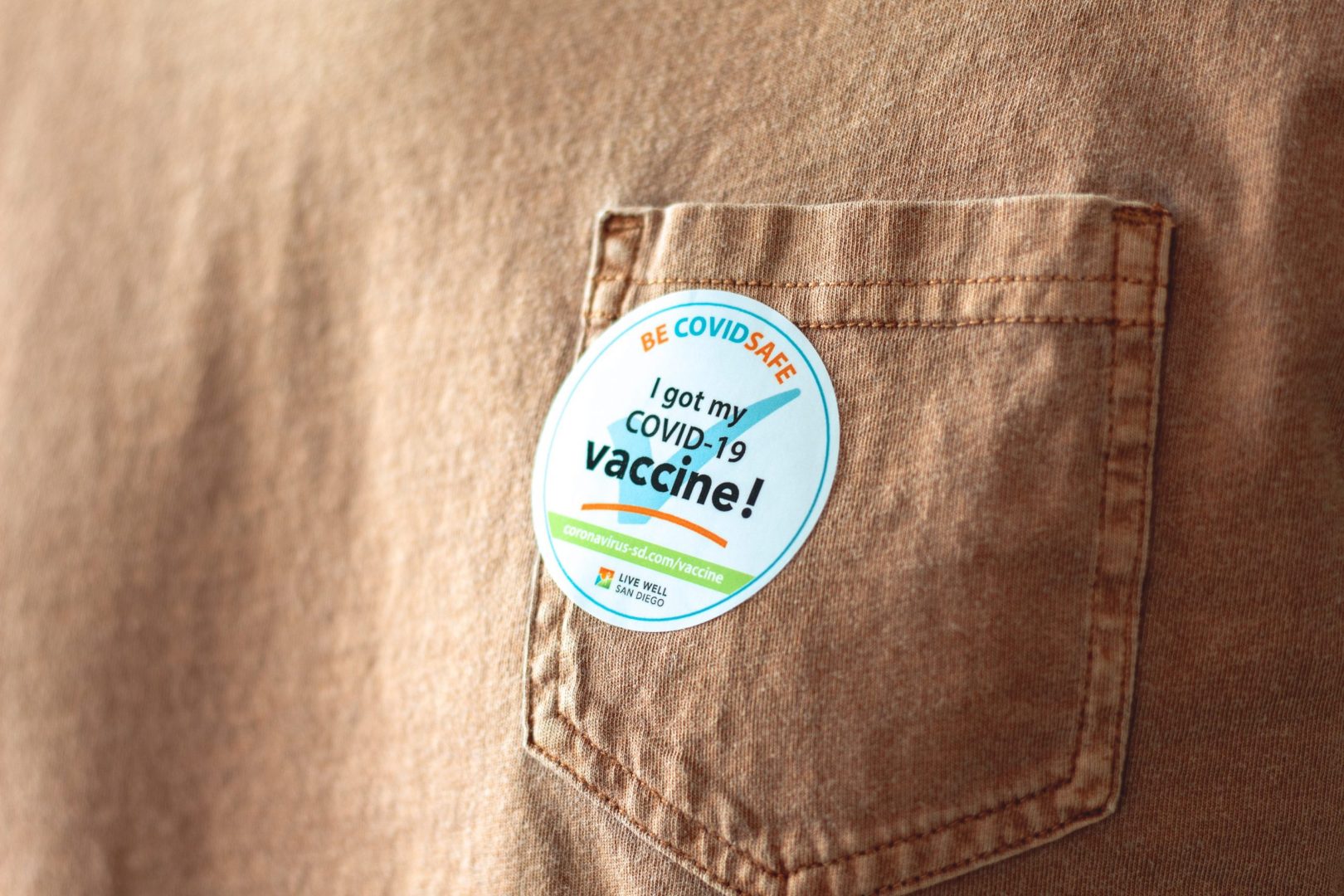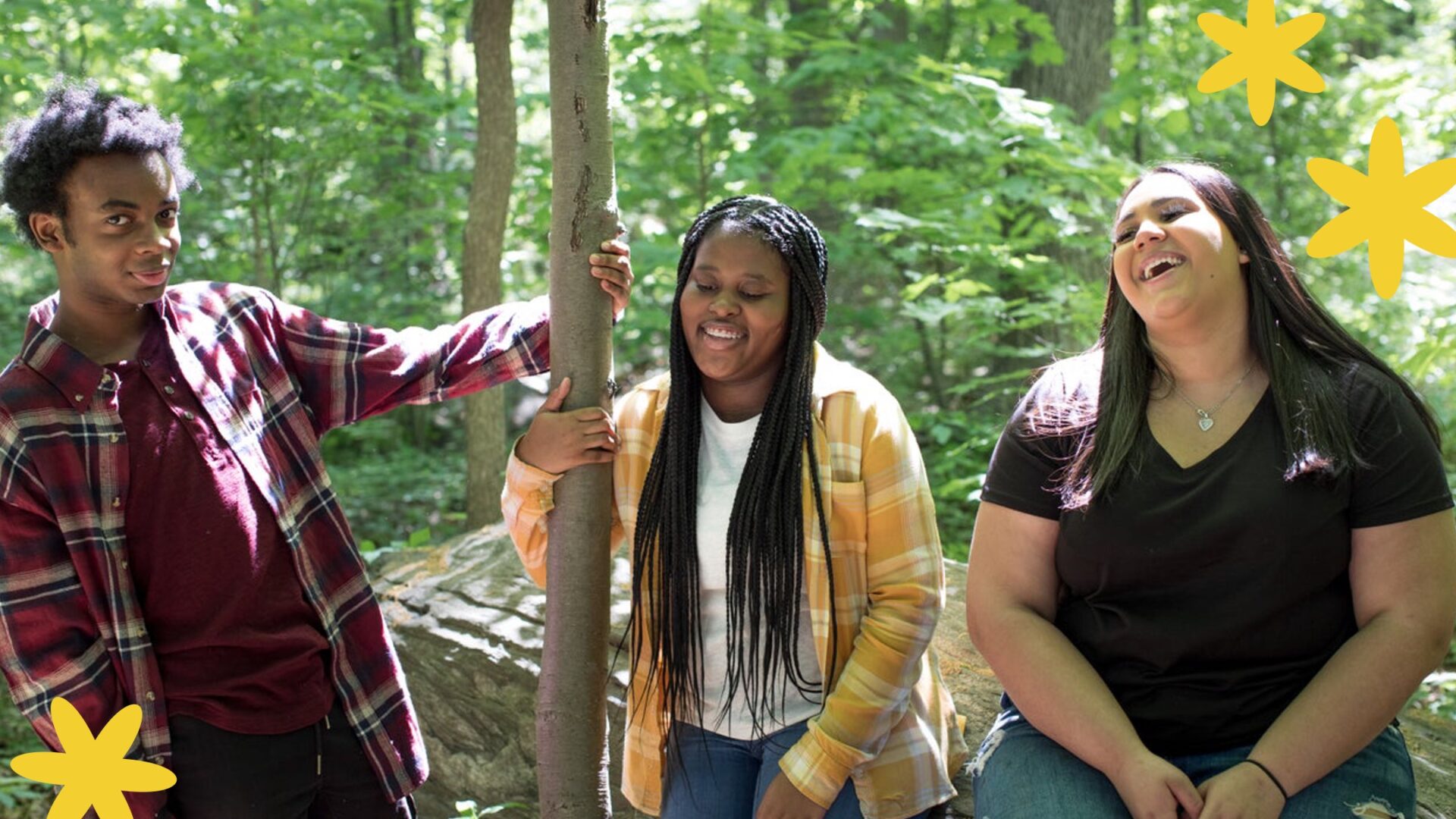In addition to violence prevention, comprehensive sex education is a powerful vehicle for addressing reproductive justice, gender equity, LGBTQ+ equality, and power and oppression.
It’s #SexEdForAll month, yet most people still believe sex education is just about sex. But it’s so much more than that. As a young woman from rural Appalachia, I’m well aware that until people learn what sex education truly is, it won’t be widely accepted in our society. That’s why I created the Sexuality Education Legislation and Policy: A State-by-State Comparison of Health Indicators story map, in conjunction with the Robert Graham Center. The story map explores sexuality education legislation and policies by state, compared to each state’s respective health indicators, including teen birth rate, contraceptive prevalence rate, sexually transmitted infection (STI) rate, sexual violence, physical dating violence, bullying/harassment, and suicide. This story map can be used as a visually accessible advocacy tool to demonstrate the breadth of health indicators impacted by comprehensive sex education. In addition to the sexual and reproductive health benefits of comprehensive sex education, it is a powerful tool for violence prevention.
This story map can be used as a visually accessible advocacy tool to demonstrate the breadth of health indicators impacted by comprehensive sex education.
1. Sexual violence
Consent is a core topic taught in sex education, which is vitally important since our society has failed to teach people what consent actually means. Before we touch, hug, kiss, cuddle, or touch someone’s body in any way, we must ask consent. We can teach this from a young age… for example, when a 4-year-old kid says they don’t want a hug from their aunt, then we respect that. This shows children it’s their body, and they decide who touches them. The same goes for adolescents (and all people, really)…before hugging or kissing someone at the end of a romantic date, we must ask first, saying “Hey, is it okay if I hug you?” If they verbally say “yes,” then it’s time to hug! Teaching consent is key to preventing sexual violence.
2. Physical dating violence
Healthy relationships are another primary theme in sex education. Students learn positive ways to express intimacy and affection, communicate personal boundaries, and develop strategies to avoid or end unhealthy relationships. Just like consent, our society has failed to teach people what it means to be a healthy partner. Further, perpetrators of dating violence often have poor self-esteem, and importantly, sex education provides students with the tools needed to develop positive self-worth as well as ways to serve as a healthy partner. Sex education also teaches gender equality from a young age, thereby reducing risk for gender-based violence.
3. Bullying & harassment
Comprehensive sex education offers robust curricula on bullying prevention. People bully for many reasons, including low self-esteem, emotional neglect, and some bullies may be victims of violence themselves. Sex education teaches students that bullying is wrong as well as how to respond if they are being bullied. Further, sex education guides students in identity development, healthy self-esteem, and body confidence, all of which influence one’s sense of self, thereby decreasing risk for students to bully or be bullied.
4. Suicide
Though it may not seem readily apparent, comprehensive sex education is a powerful vehicle for addressing youth risk factors for depression and suicide. Sex education teaches students to build healthy self-esteem and body confidence, normalizes the full spectrum of gender identity and sexual orientation, encourages mutually respectful and equitable relationships based on empathy and open communication, teaches personal safety, including how to respond to bullying and harassment, and ultimately, promotes tolerance. These life skills act as protective factors against depression and suicide.
In addition to violence prevention, comprehensive sex education is a powerful vehicle for addressing reproductive justice, gender equity, LGBTQ+ equality, and power and oppression. Within the United States, sex education is not standardized across states, counties, or even school systems, and a large proportion of sex education programs are not evidence-based or medically accurate. #SexEdForAll month highlights that all young people deserve developmentally and culturally responsive, science-based, and medically accurate life skills education. Sexuality Education Legislation and Policy: A State-by-State Comparison of Health Indicators, presented as an interactive story map, can be used as a visually accessible advocacy tool to demonstrate that sex education is about more than just sex… instead, comprehensive sex education is a powerful vehicle for social change.








